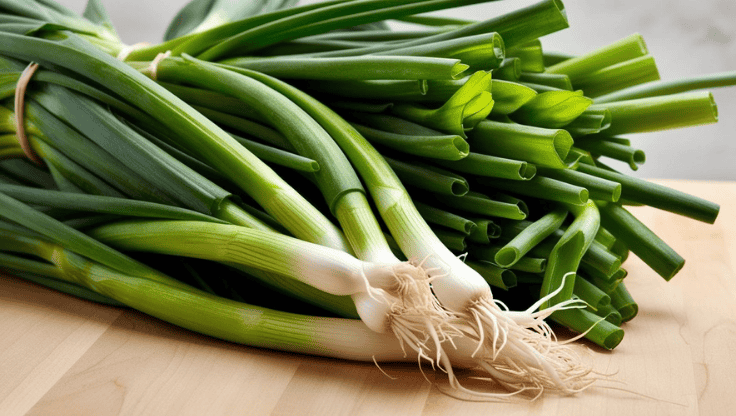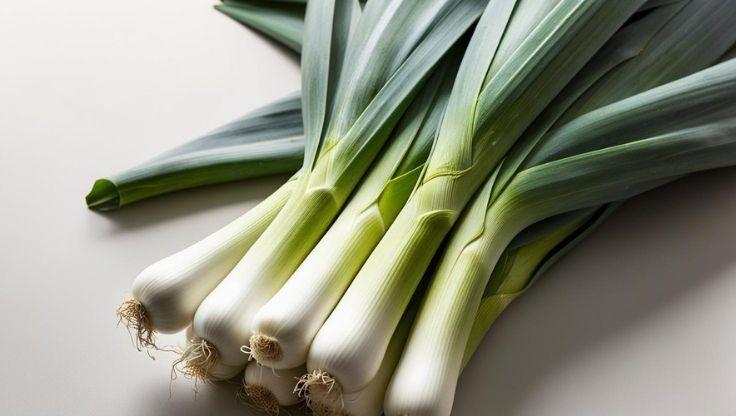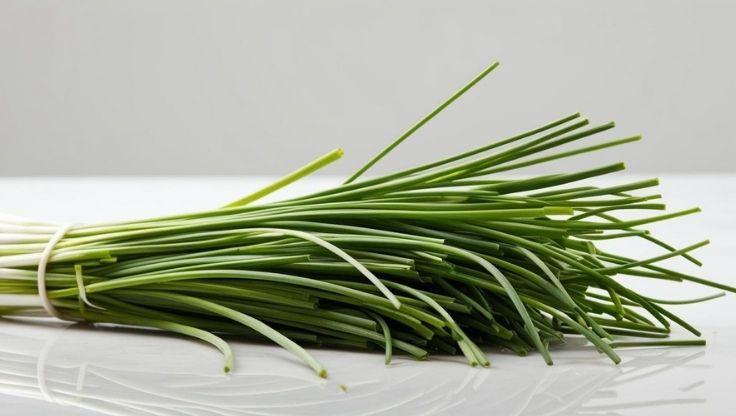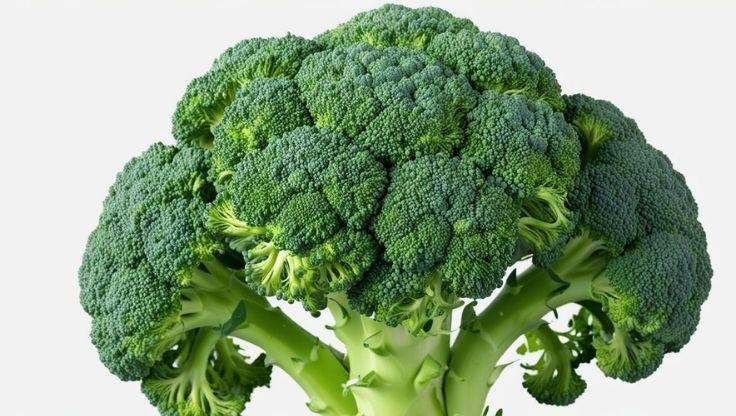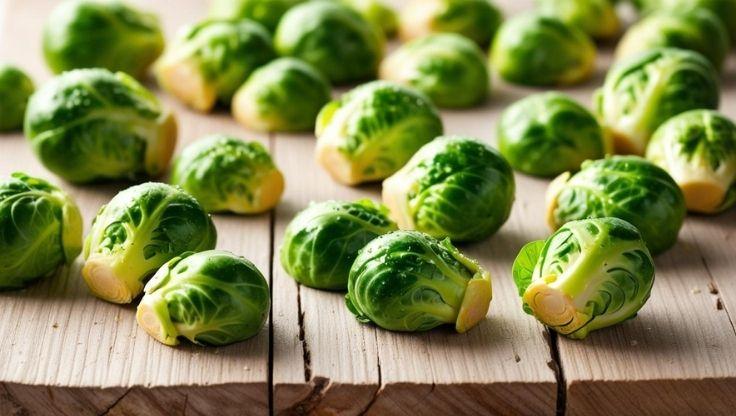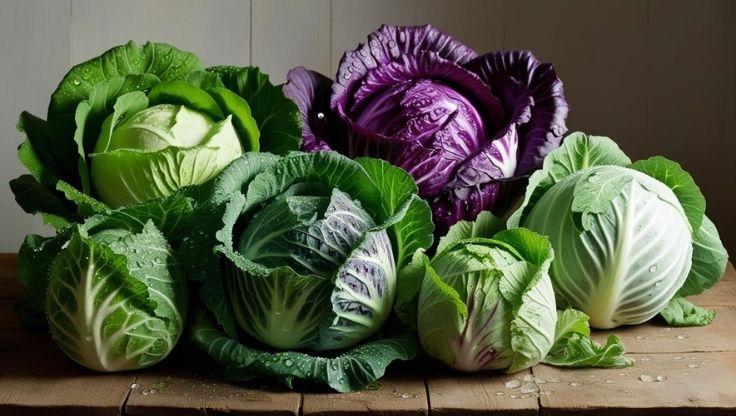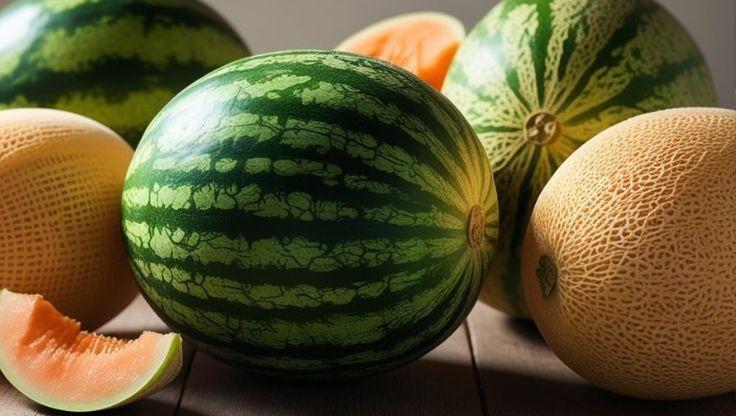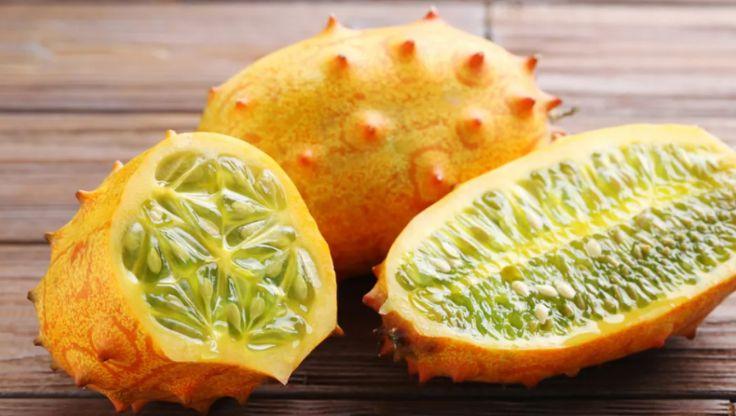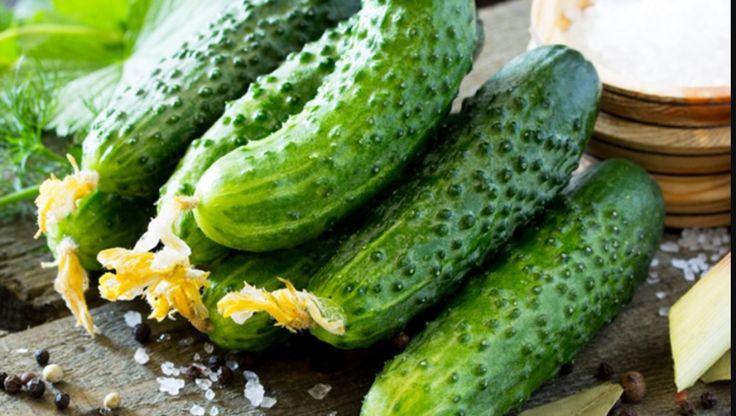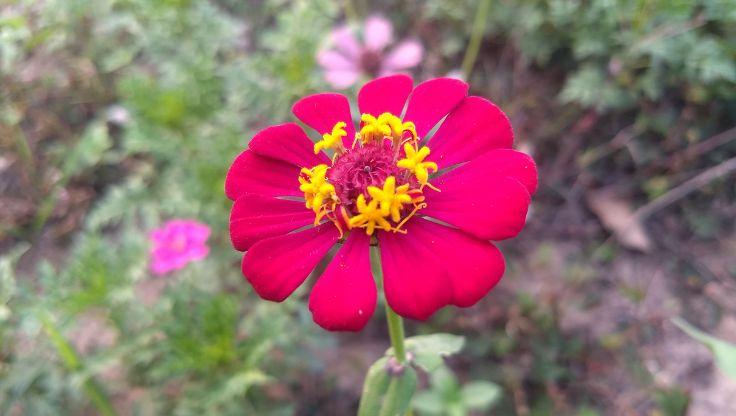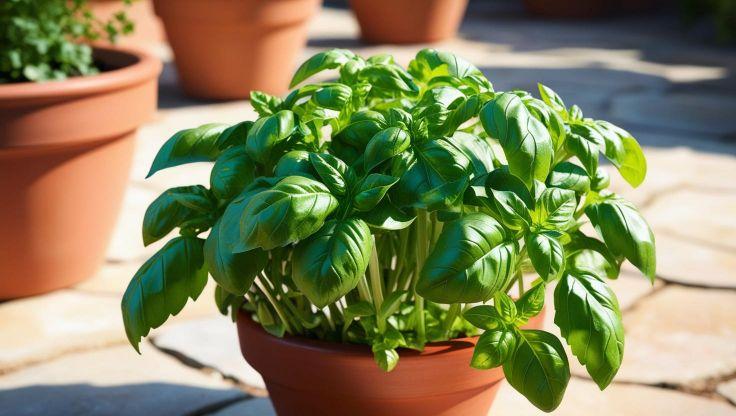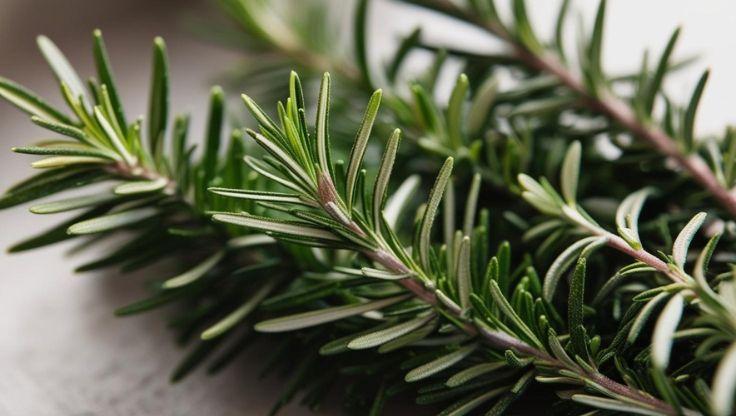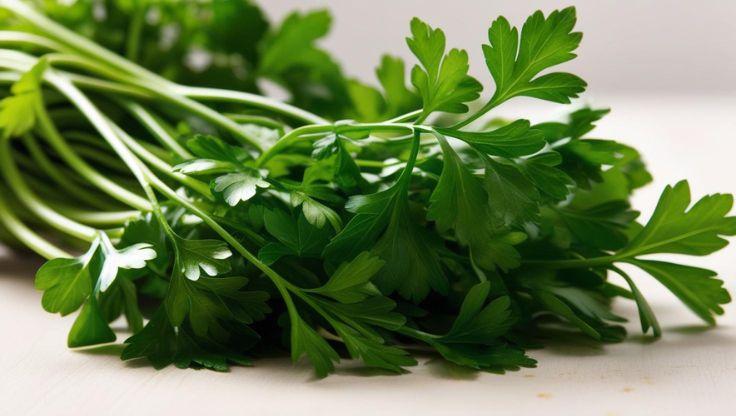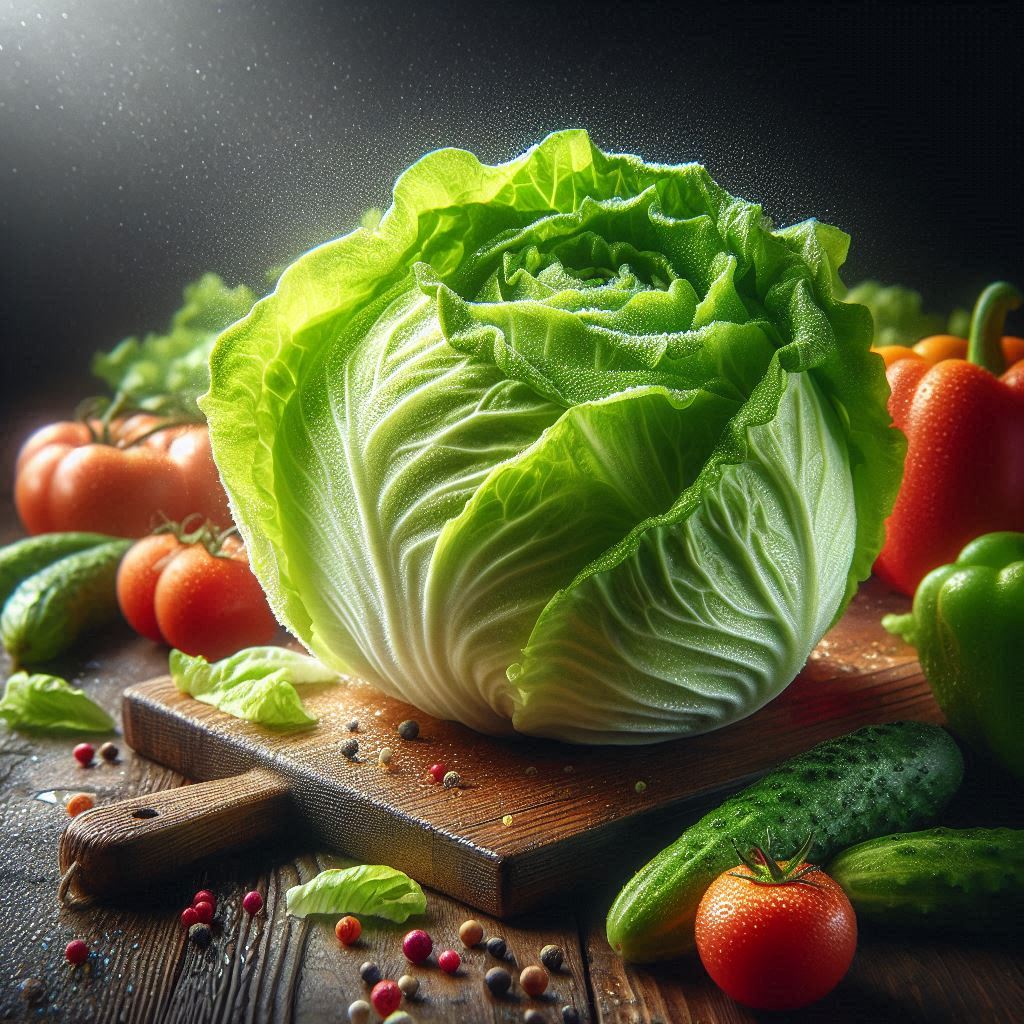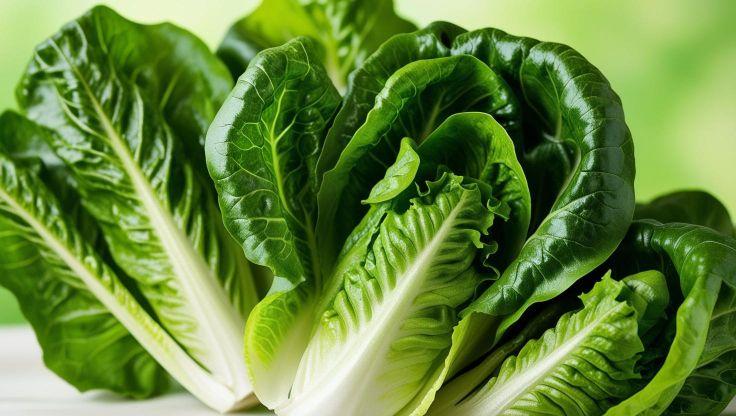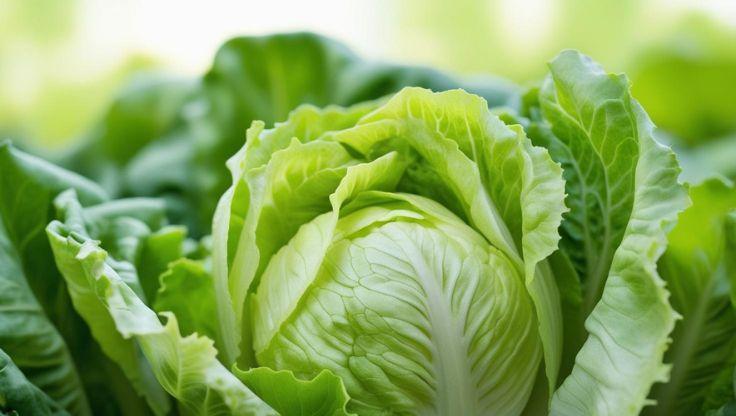Hydroponic Plants: Rosemary and Its Cultivation in Hydroponic Systems
Rosemary (Salvia rosmarinus) is a fragrant, evergreen herb widely valued for its culinary and medicinal properties. Originally native to the Mediterranean region, hydroponic plants like rosemary thrive in controlled environments, ensuring better growth rates, higher yields, and fewer pest-related issues. Compared to traditional farming, hydroponic systems optimize space, water conservation, and nutrient absorption.

Hydroponic Growing Conditions for Rosemary
Optimizing pH and EC Levels for Hydroponic Plants
Rosemary thrives in hydroponic plants systems when maintained within a pH range of 5.5–6.5, ensuring efficient nutrient absorption and healthy root development. The electrical conductivity (EC) level should be between 1.2–1.8 mS/cm, providing the ideal mineral balance for strong foliage growth and enhanced flavor. Properly managing these parameters prevents nutrient deficiencies and maximizes yield potential.
Environmental Requirements for Hydroponic Rosemary Cultivation
To achieve maximum yield and quality, hydroponic growers must maintain precise environmental conditions:
- Light Exposure: Requires 12–16 hours of full-spectrum LED or fluorescent lighting daily. Studies show that a PPFD of 200–400 µmol/m²/s enhances photosynthesis efficiency and promotes vigorous leaf expansion.
- Temperature Regulation: Best grown at 18–26°C, ensuring steady metabolic function and preventing premature bolting. Extreme temperatures can slow growth rates and negatively impact essential oil production.
- Humidity Control: Ideally kept between 40–70%, preventing excessive moisture accumulation that leads to fungal diseases. Installing automated humidity regulators ensures stability and minimizes plant stress.
Advantages of Growing Rosemary in Hydroponic Plants Systems
Hydroponic cultivation offers several benefits compared to soil-based farming:
- Precise nutrient delivery enhances rosemary’s growth rate and flavor concentration.
- Year-round harvesting ensures consistent production without seasonal limitations.
- Reduced risk of pests and soil-borne diseases, leading to higher-quality, contamination-free produce.
- Efficient water usage, as hydroponic systems require up to 90% less water than traditional soil methods.
Optimized Hydroponic Systems for Rosemary Growth
Modern hydroponic techniques such as nutrient film technique (NFT) and deep water culture (DWC) provide efficient oxygenation and continuous nutrient absorption. Proper pruning methods promote dense foliage and higher yields, allowing growers to harvest rosemary within 21–42 days.
With expert hydroponic management, rosemary becomes a high-value, aromatic crop, perfect for culinary and medicinal applications.
Cultivation Process of Rosemary in Hydroponic Systems
Seed Germination and Planting
Rosemary seeds should be spaced one per hole in hydroponic trays to ensure proper airflow and nutrient absorption. Due to their slow germination rate, seeds typically take 4–8 weeks to sprout. To accelerate the process, growers often use rockwool cubes or peat pellets, which retain moisture and provide a stable growing medium.
Once germinated, seedlings should be transferred to a nutrient-rich hydroponic system, such as deep water culture (DWC) or nutrient film technique (NFT), which provide efficient oxygenation and continuous nutrient absorption.
Growth and Maturation
After transplanting, hydroponic plants of rosemary reach full maturity within 8–12 weeks, developing dense foliage and strong root systems. Maintaining a pH range of 5.5–6.5 and an EC level of 1.5–2.5 mS/cm ensures optimal nutrient uptake and plant health. Regular pruning encourages bushier growth and enhances essential oil concentration, improving both flavor and aroma.
Popular Hydroponic Rosemary Varieties
Several rosemary varieties adapt well to hydroponic gardens, including:
- Tuscan Blue (Rosmarinus officinalis 'Tuscan Blue'): Known for its upright growth and intense fragrance, ideal for culinary use.
- Arp Rosemary (Rosmarinus officinalis 'Arp'): A cold-hardy variety with lemon-scented foliage, perfect for diverse climates.
- Prostrate Rosemary (Rosmarinus officinalis 'Prostratus'): A trailing variety suitable for hanging hydroponic systems and decorative applications.
By following these cultivation guidelines, growers can achieve high-yield, aromatic hydroponic rosemary, ensuring a steady supply of fresh herbs year-round.
Uses and Benefits of Rosemary in Hydroponic Systems
Culinary Applications
Rosemary is a versatile herb that enhances the flavor of roasts, soups, infused oils, and teas, offering a piney, aromatic taste that elevates both savory and sweet dishes. Its robust fragrance and earthy undertones make it a staple in Mediterranean and French cuisine. Hydroponic plants of rosemary provide consistent quality and higher yields, ensuring a fresh supply year-round.
Studies indicate that hydroponically grown rosemary retains its essential oils more effectively than soil-grown varieties, leading to stronger flavor and aroma. Whether used in herbal infusions, marinades, or seasoning blends, rosemary adds a nutrient-rich boost to culinary creations.
Medicinal Properties
Packed with antioxidants and anti-inflammatory compounds, rosemary supports brain health, digestion, and immune function. Research suggests that rosemary can help enhance memory, reduce oxidative stress, and improve circulation. Additionally, its antimicrobial properties make it beneficial for fighting infections and boosting overall wellness.
Hydroponic plants of rosemary are cultivated under controlled conditions, ensuring optimal nutrient absorption and higher concentrations of beneficial compounds. This makes hydroponic rosemary an excellent choice for herbal remedies, essential oil extraction, and therapeutic applications.
Research for expert insights
Gain expert knowledge and practical guidance by checking out the following detailed resources.
|
Company/Institution |
Article Title |
Article Link |
|---|---|---|
|
Autonomous University of Nuevo Leon |
Cultivation of Rosmarinus officinalis in a Hydroponic System |
|
|
Functional Foods in Health and Disease |
Pharmacochemical Investigation of Rosmarinus officinalis L. Cultivated by Clonal Micropropagation and Hydroponic Combined Method |
|
|
Vertical Farm Daily |
Hydroponic Rosemary Cultivation Boosts Bioactive Compounds |
Their insightful evaluation presents rich information, making them a great asset for readers expanding their expertise.


